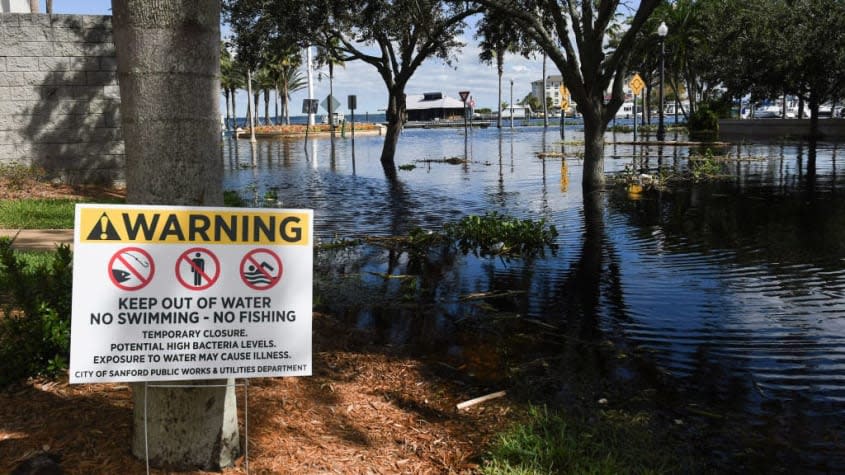Florida officials warn of spike in potentially deadly skin infections after Hurricane Ian

Public health officials in Lee County, Florida, are warning of a spike in potentially deadly infections caused by Vibrio vulnificus.
Hurricane Ian made landfall in Lee County on Sept. 28, and the storm surge and flooding led to the increase in infections, CBS News reports. Vibrio vulnificus is a species of bacteria that lives in warm, brackish seawater. People normally come in contact with it through raw or undercooked seafood, and it can also enter the body through cuts and other open wounds. Once the bacteria enters the bloodstream, it can cause sepsis.
The bacteria is also sometimes referred to as being "flesh-eating," CBS News says, because "primary infections of the skin can devolve quickly into necrotizing fasciitis," which is a rare condition where the body's tissue begins to break down. This often leads to amputation.
In a statement, a spokesperson for the Florida Department of Health in Lee County told CBS News it is "observing an abnormal increase in cases of Vibrio vulnificus infections as a result of exposure to the flood waters and standing waters following Hurricane Ian," and residents should "always be aware of the potential risks associated when exposing open wounds, cuts, or scratches on the skin to warm, brackish, or salt water."
As of Friday, there have been at least 29 cases of Vibrio vulnificus infections in Lee County this year, with all but two cases diagnosed after Hurricane Ian.

